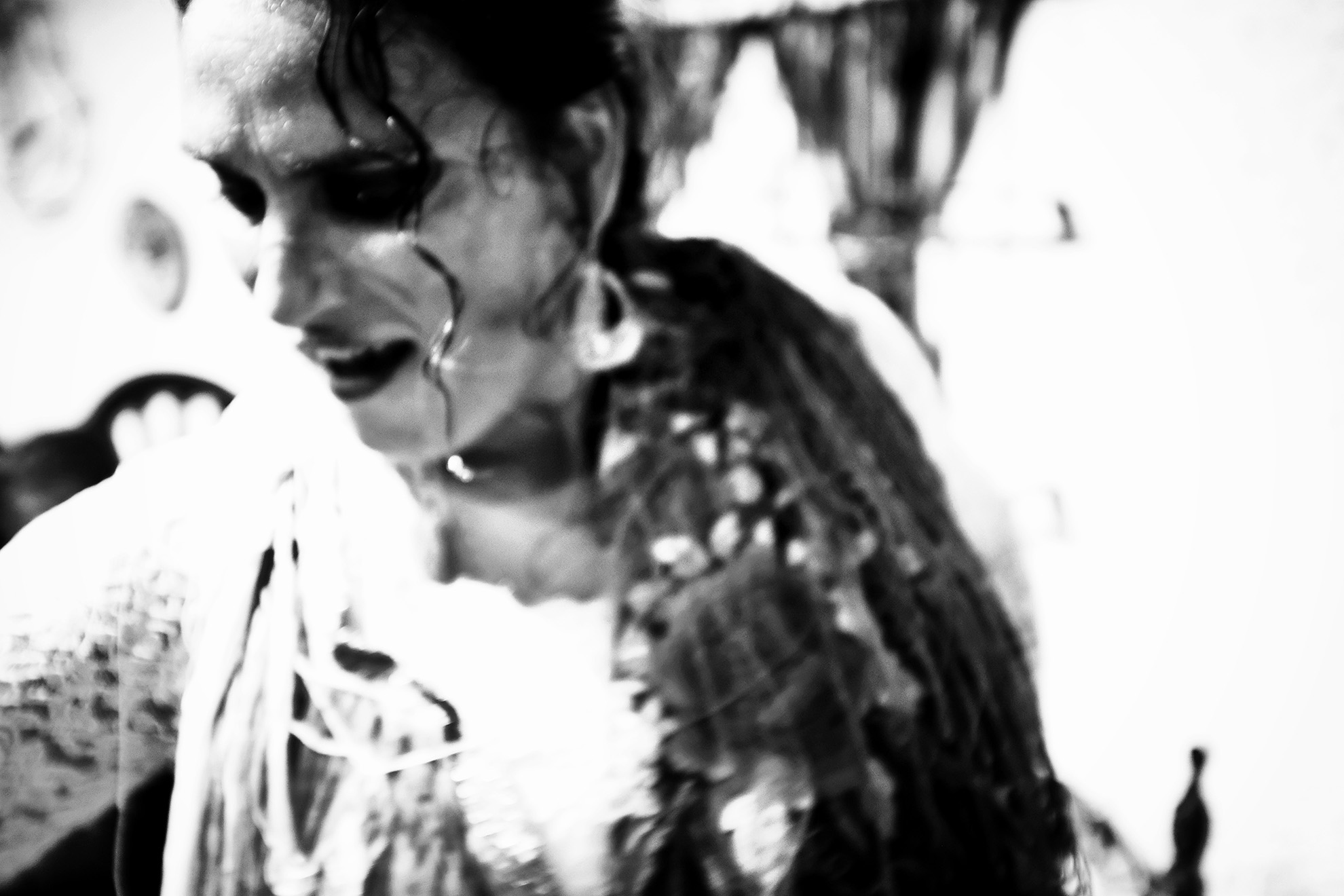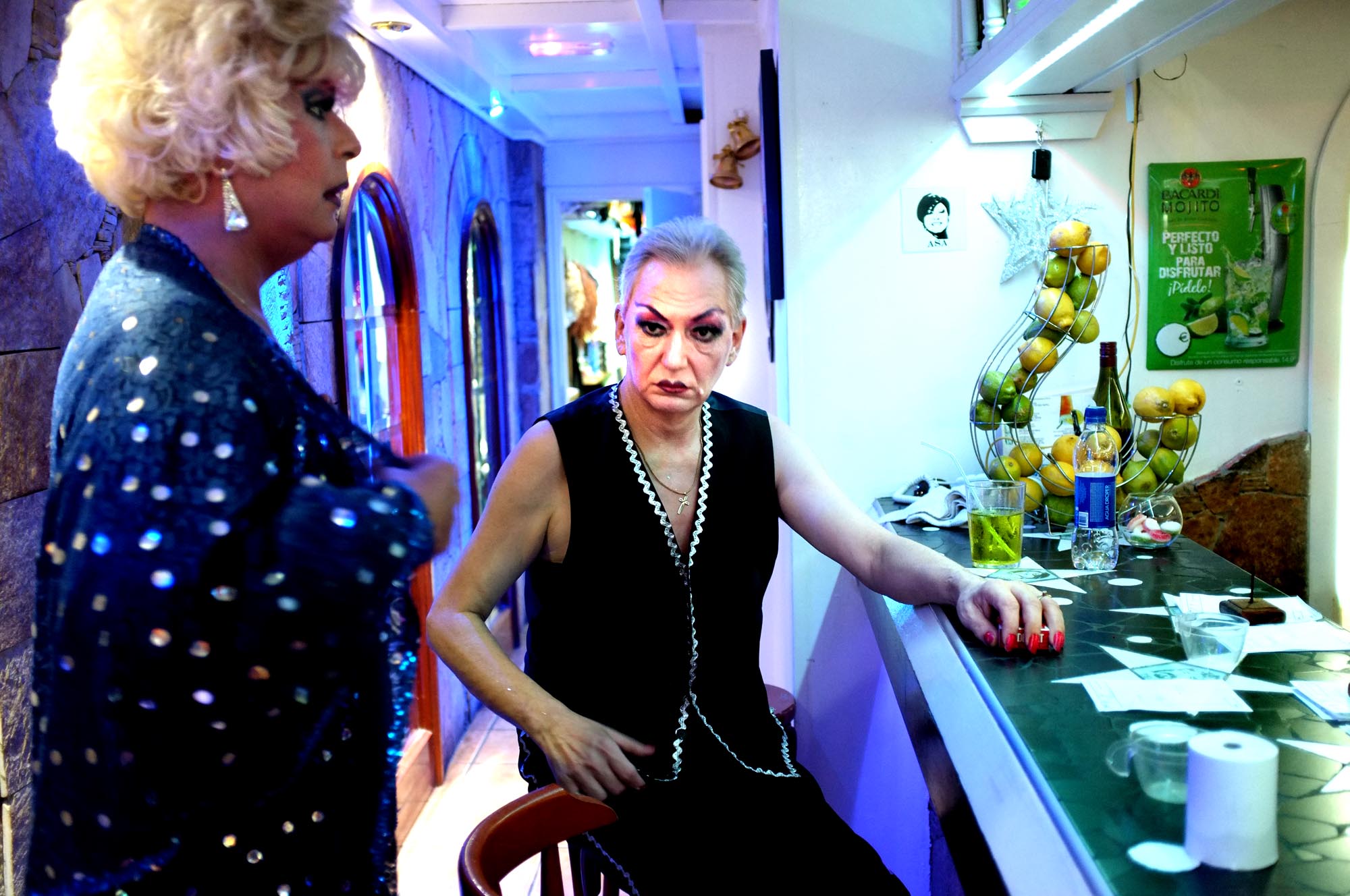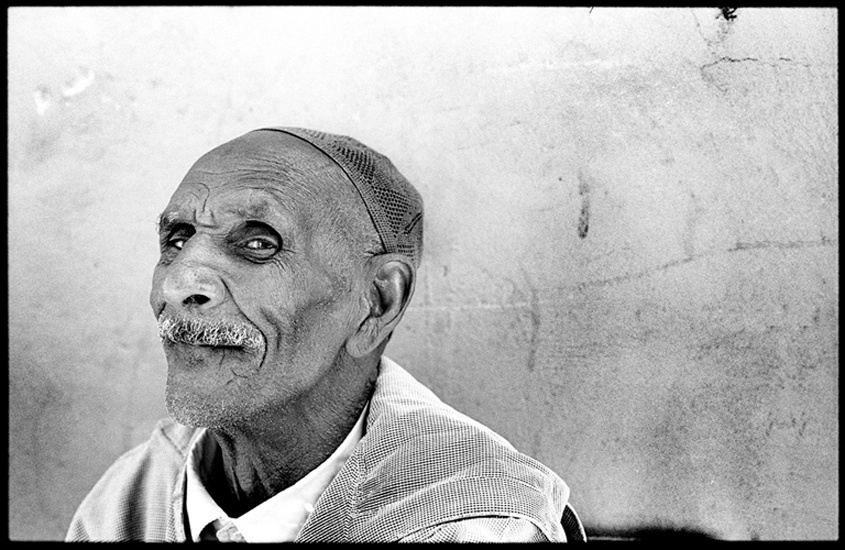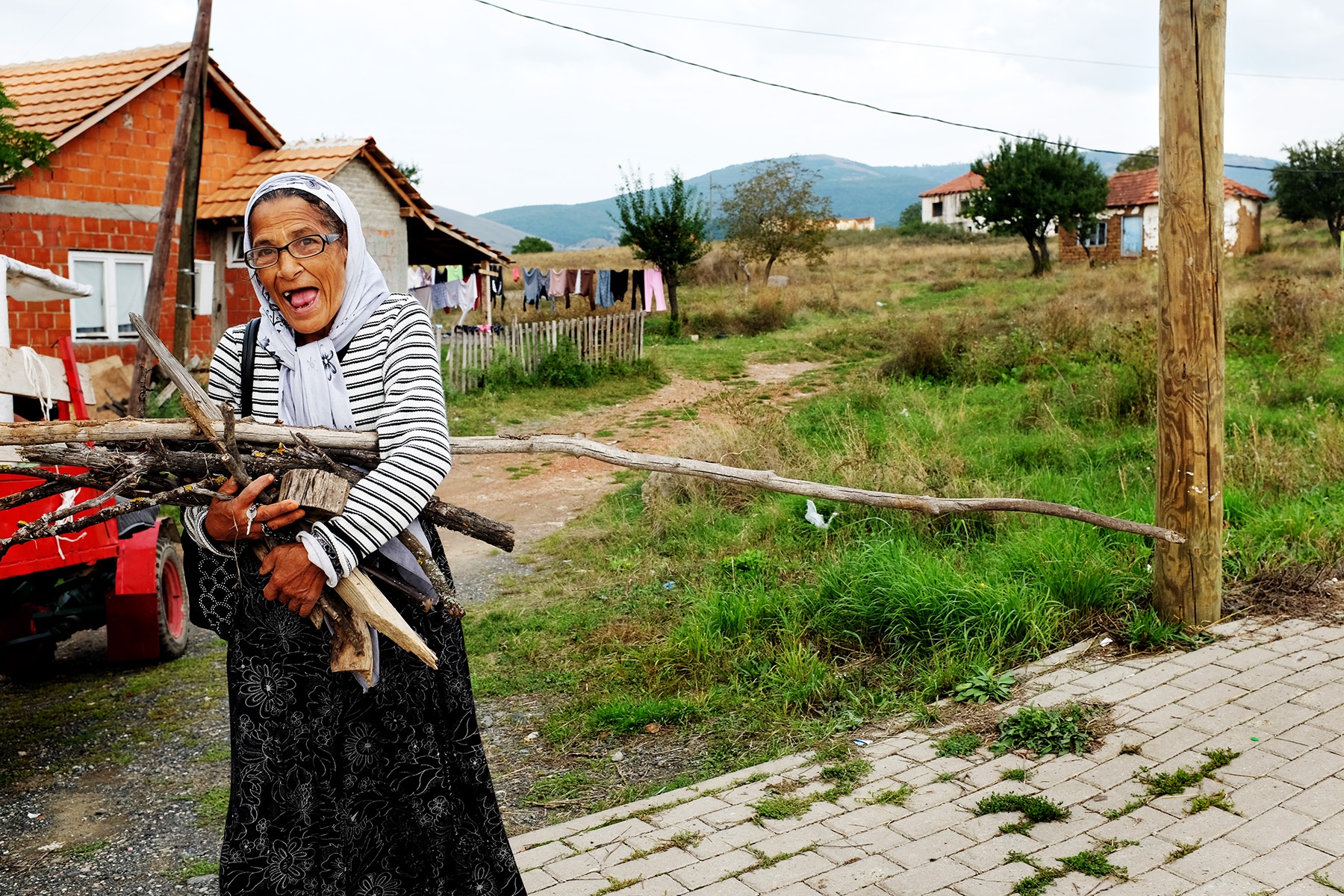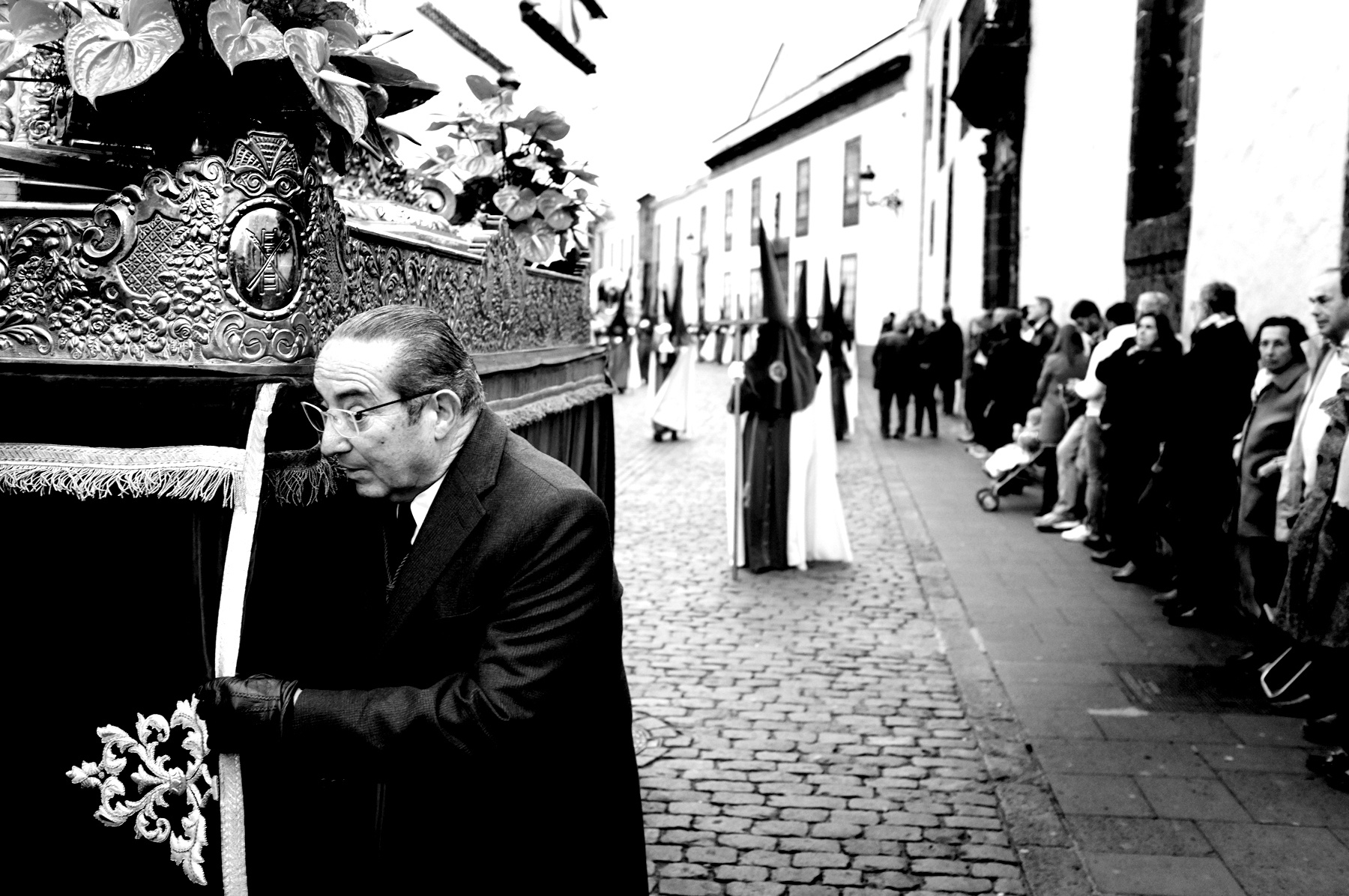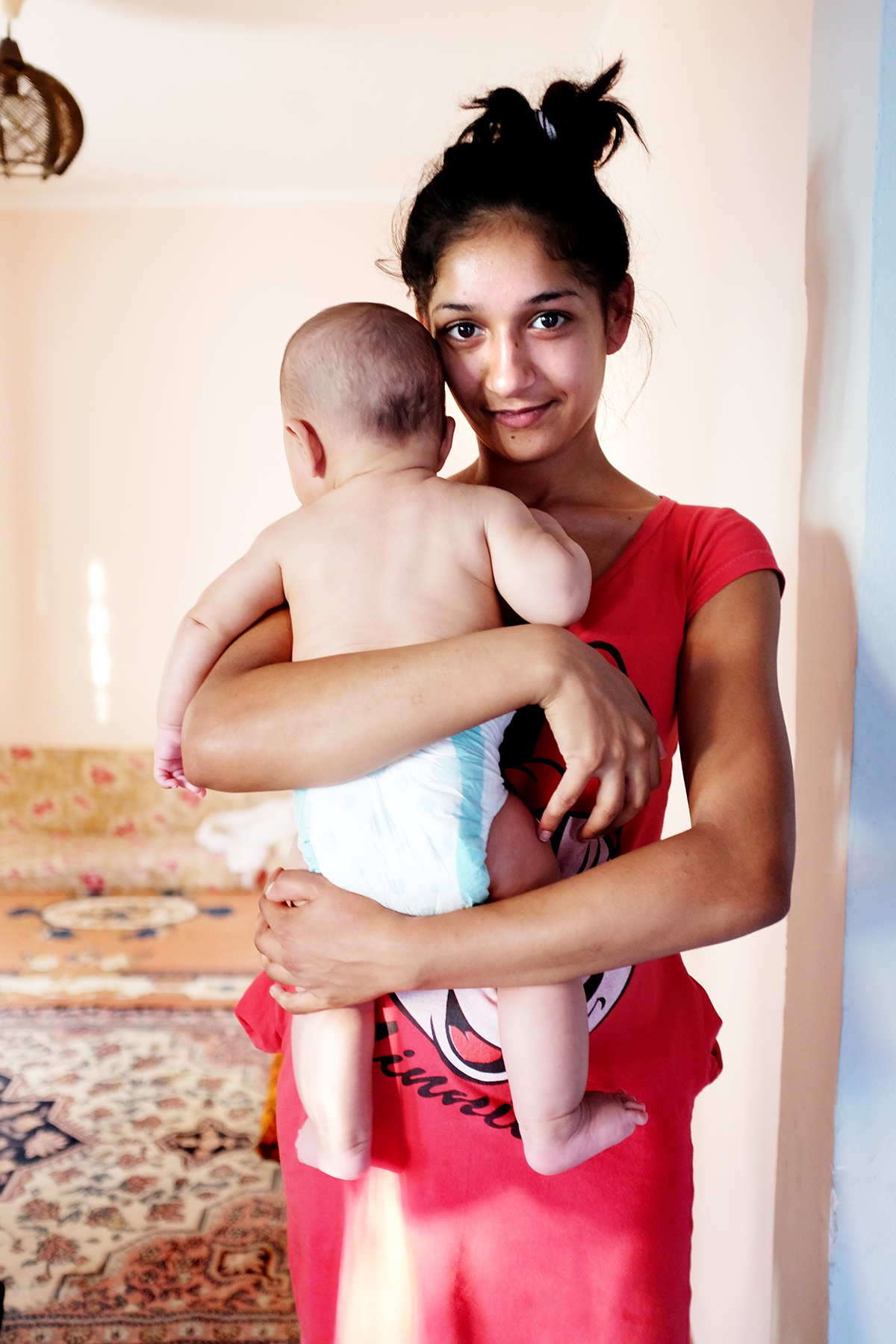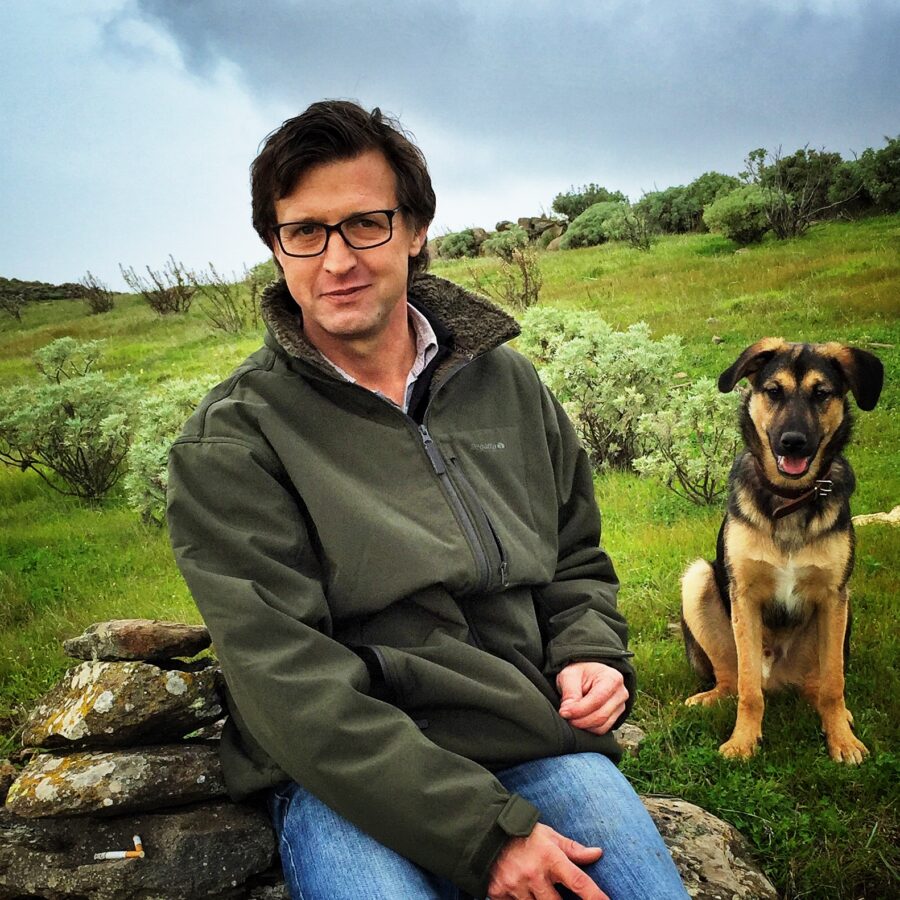Today I would like to recall one of my
first lectures I did at the California University
in 2016:
A photographic story isn’t simply for photojournalists, however. Every human being is drawn to stories. Whether you are an amateur or a professional, the photo essay is a brilliant way to bring your images to life and touch your family, friends, and coworkers. How to do?
1. Find a topic: Photo essays are most dynamic when you as the photographer care about the subject. Whether you choose to document the first month of a newborn in the family, the process of a school drama production, or even a birthday party, make your topic something in which you find interest.
2. Do your research: If you document a newborn’s first month, spend time with the family. Discover who the parents are, what culture they are from, whether they are upper or lower class. If you cover the process of a school’s drama production, talk with the teachers, actors and stage hands; investigate the general interest of the student body; find out how they are financing the production and keeping costs down. If you photograph a birthday party, check out the theme, the decorations they plan on using, what the birthday kid hopes to get for his or her gifts. All of these factors will help you in planning out the type of shots you set up for your story.
3. Find the “real story”: After your research, you can determine the angle you want to take your story. Is the newborn the first son of a wealthy family on whom the family legacy will continue? Or does the baby have a rare heart condition? Is the drama production an effort to bring the student body together? Or is it featuring a child star? Is the birthday party for an adolescent turning 13, or the last birthday of a dying cancer patient? Though each story idea is the same, the main factors of each story create an incredibly unique story.
4. Every dynamic story is built on a set of core values and emotions that touch the heart of its audience. Anger. Joy. Fear. Hurt. Excitement. The best way you can connect your photo essay with its audience is to draw out the emotions within the story and utilize them in your shots. This does not mean that you manipulate your audience’s emotions. You merely use emotion as a connecting point.
5. Plan your shots: Whether you decide to sit down and extensively visualize each shot of the story, or simply walk through the venue in your mind, you will want to think about the type of shots that will work best to tell your story. I recommend beginners first start out by creating a “shot list” for the story. Each shot will work like a sentence in a one-paragraph story. Typically, you can start with 10 shots. Each shot must emphasize a different concept or emotion that can be woven together with the other images for the final draft of the story. Remember that story telling takes practice. You don’t have to be an incredible writer to pull off a powerful photo essay. All you need is a bit of photographic technique, some creativity, and a lot of heart. And once you begin taking pictures in stories, your images will never be the same.
Best wishes.
Oliver
Discover more from Oliver Weber │ Photographer
Subscribe to get the latest posts sent to your email.

